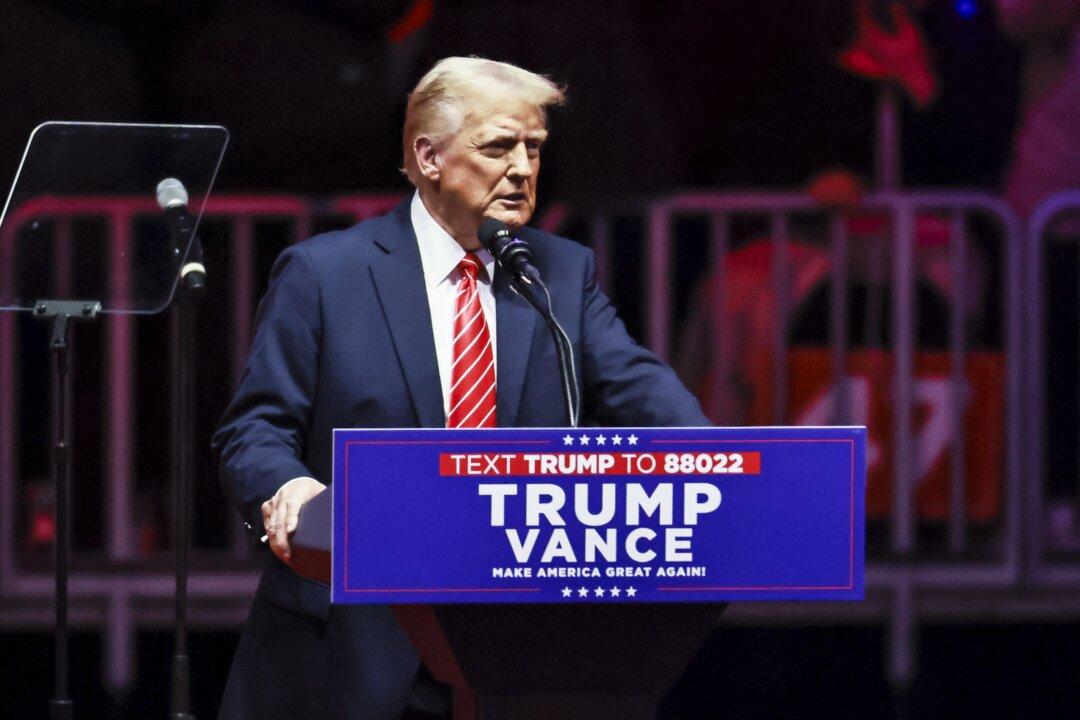The United States on May 6 responded to aggressive ambitions by China and Russia in the Arctic by warning the two nations against further militarization of the region and announcing measures to deter a military threat.
Secretary of State Mike Pompeo told members of the Arctic Council in Finland that the “region has become an arena for power and for competition.” In less than five years, Russia has renovated Cold-War era military bases in the region and constructed 475 new military sites, Pompeo said. Meanwhile, China has engaged in a campaign of strategic influence which threatens to transform the Arctic “into a new South China Sea,” Pompeo said.
In response to the developments, Pompeo said that the United States is ramping up its military presence in the region and hosting military exercises. Washington is also rebuilding its icebreaker fleet, expanding Coast Guard funding, and creating a new senior-level military post for Arctic affairs.
“We’re entering a new age of strategic engagement in the Arctic, complete with new threats to the Arctic and its real estate and to all of our interests in that region,” Pompeo told representatives of the Arctic Council members, including Russia, Canada, Denmark, Finland, Iceland, Norway, and Sweden.
China
Beijing was granted observer status in the Arctic Council in 2013, which enabled it to attend council meetings. The communist regime invested $90 billion in the region from 2012 to 2017, according to Pompeo. In addition to direct investment, Beijing has pumped an estimated $1.4 trillion in investments into Arctic nations, including Finland and Sweden, from 2005 to 2017, according to a 2017 report by CNA Analysis and Solutions.China is planning to build infrastructure across the region and developing shipping lanes in the Arctic Ocean. In April, Russia agreed to link its Northern Sea route to China’s Maritime Silk Road.
“This is part of a very familiar pattern. Beijing attempts to develop critical infrastructure, using Chinese money, Chinese companies, and Chinese workers in some cases, to establish a permanent Chinese security presence,” alluding to the communist regime’s global campaign to supplant the hegemony of the United States.
“China’s pattern of aggressive behavior elsewhere should inform what we do and how it might treat the Arctic,” Pompeo said, pointing to Beijing’s use of debt to ensnare Sri Lanka and Malaysia and the crumbling Chinese-built infrastructure in Ethiopia, as well as the militarization of the South China Sea.
Russia
While China’s ambitions haven’t been realized in a tangible threat in the Arctic, Russia has expanded its military presence in the region at a dramatic pace. Moscow announced its intention to increase its military presence in the region in 2014 upon reopening a Cold-War era military base. Since then, Russia has used its large fleet of icebreakers to create hundreds of military sites and 16 deep-water ports. Moscow protects its assets in the region with missile defense systems and anti-ship missiles.Pompeo accused Russia of breaking maritime laws by requiring foreign ships traveling through international waters in the Arctic to ask for permission before proceeding and demands that Russian maritime pilots be present aboard transiting vessels. Russia has threatened to sink ships that don’t comply with its orders, according to Pompeo.
While other nations have competing claims in the region, Pompeo noted that Russia represents a unique threat, due to the sheer scope of its activity in the region. The secretary of state also suggested that Moscow’s aggressive territorial claims elsewhere suggest it may do the same in the Arctic. Russia’s ongoing conflict in Ukraine has led to the deaths of 13,000 people, Pompeo noted.
“We can’t have one side cooperate and the other side derogate its duties,” Pompeo said.
In 2018, the United States and its NATO allies conducted the largest military exercises in the Arctic since the Cold War. The exercises, codenamed Trident Juncture, involved 50,000 people, 10,000 vehicles, 250 aircraft, and 65 ships.





